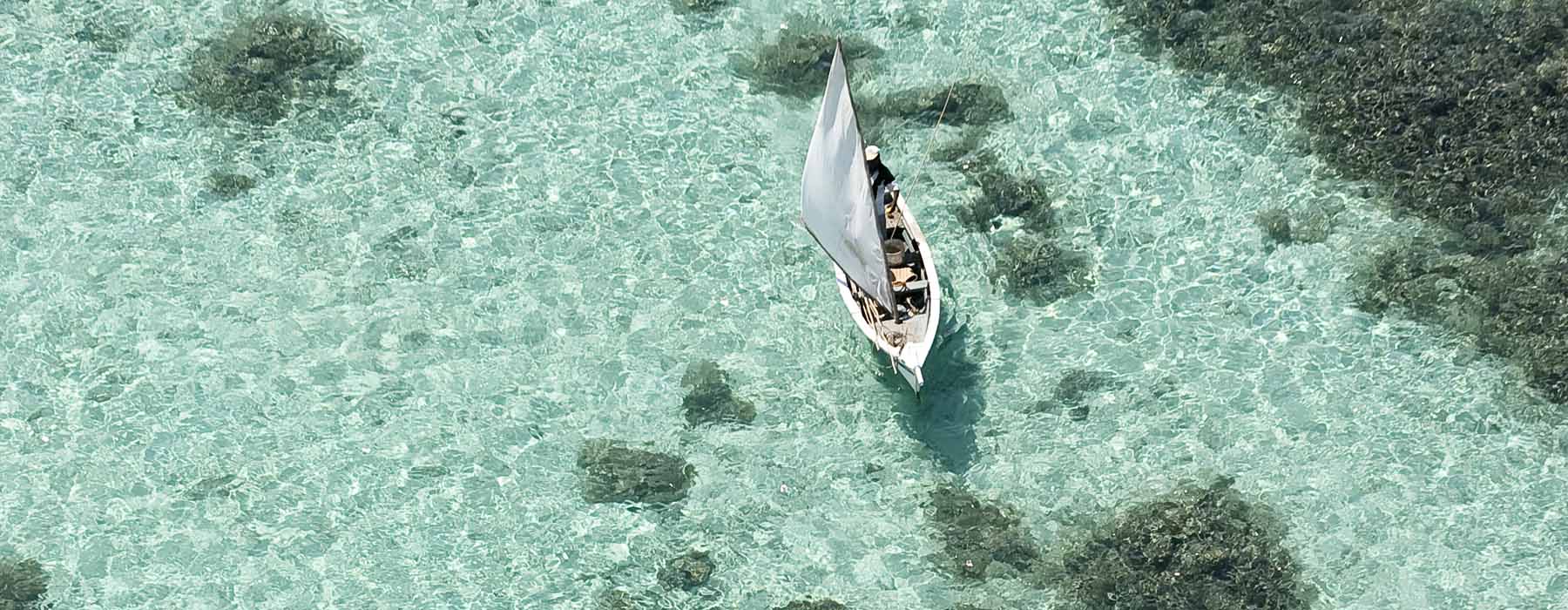January
February
March
April
May
June
July
August
September
October
November
December
Mauritius is close to Reunion Island (120 miles to the north-west) and about 500 miles east of Madagascar. Its unique location in the southern hemisphere gives Mauritius a tropical climate, with seasons opposite to those in the UK and Europe. Mauritius has two major seasons, rainy and dry, with transitional months linking the two.
In a nutshell, it's fair to say that in Mauritius, it's summer all year round. Of course, the two major seasons differ in terms of sunshine and temperatures, but the weather will always be much better than back home. The mild tropical climate means the best time to visit Mauritius is throughout the year. Here is an overview of the climate on the island by month.
Southern summer
From the end of December to the end of March, Mauritius is in the middle of the southern summer. The temperatures are very high at this time, nudging 30°C, but there is enough wind to take the edge off the heat. Even at night, temperatures remain fairly high. The southern summer season also delivers storms, rains and cyclones, although the latter are very rare and Mauritius only finds itself in the path of a cyclone once every 15 years or so. There is rain every year though. Humidity is high during the southern summer, also called the Mauritian summer, and there can be more than eight inches of rain in Port Louis at the end of the southern summer (March).
April marks the transition to the southern winter.
On the cusp of two seasons, April is a relatively dry month with less sweltering daytime temperatures than those during the southern summer. The nights are also much less hot, with milder air settling in. In addition to the air temperature, the water temperature can also be mild, with general averages of 26 °C.
Southern winter.
From May to the end of September, it is the southern winter in Mauritius. The average temperature remains very high, at around 25 °C, and the weather is sunny. Nights continue to be cooler than they were in April, and it's not uncommon for the mercury to drop to close to 15°C. The southern winter brings rainfall, but it is usually very limited, and just light showers. The southern winter is when the trade winds from the south-east blow in across the island of Mauritius. The strongest winds will be on the south and east coasts of the island, while the north and west are better protected.
Between October and December, the transition from southern winter to southern summer is underway. The dry between-seasons period begins in October, with daytime temperatures starting to rise during the day, reaching as high as 28 or 29°C. Nights are also warmer, and the sea returns to 26°C. From October and into November and December, rainfall in Mauritius is almost unheard of. The warm, dry climate in the first half of December is particularly pleasant.
Temperatures and rainfall in the city of Port-Louis (capital of Mauritius) are fairly indicative of the island's climate as a whole. The maximum average temperatures are very warm all year round, and top 30°C between December and April. From May to October, this drops to between 25°C and 28°C. This period has the lowest rainfall, with just 1.4 to 1.6 inches in September and October, and up to 2.5 inches in June. There are only few rainy days, from five to six per month.



